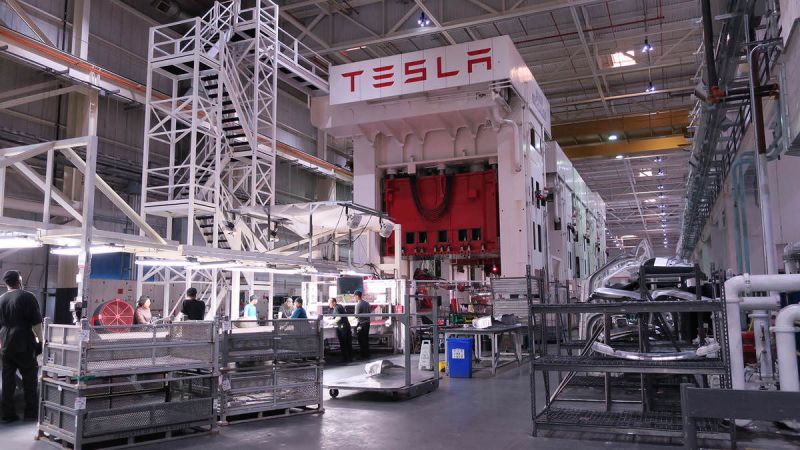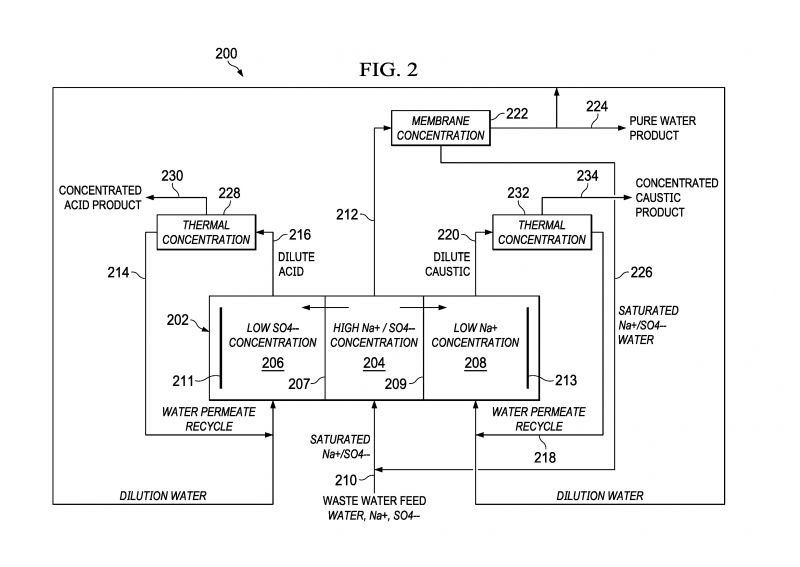Tesla Targets Lower Operating Costs through New Waste Water Treatment System Patent
Published on by Water Network Research, Official research team of The Water Network in Technology
Tesla recently published patent for the company, which outlines a clever wastewater treatment system that could pave the way for more cost savings in operational expenses.
By Simon Alvarez

Image Source: Teslarati.com
Tesla is arguably one of the most dynamic companies in the industry today, with its tendency to constantly innovate even after it reaches its ambitious targets. This particular culture was mentioned by Tesla’s President of Automotive Jerome Guillen in a recent interview with CNBC, when he stated that Tesla’s work, specifically in its batteries, continue to evolve over time. Elon Musk echoed this tendency on Twitter, stating that even Tesla’ s vehicles like the Model S and X are partially upgraded every month “as soon as a new subsystem is ready for production. ”
Such a culture is emblematic of Tesla. Such a culture is also reflected in a recently published patent for the company, which outlines a clever waste water treatment system that could pave the way for more cost savings in operational expenses. The patent is titled System for Regenerating Sodium Hydroxide and Sulfuric Acid from Waste Water Stream Containing Sodium and Sulfate Ions and was published on November 15.
Tesla notes in its patent description that “ acid leaching performed through the addition of sulfuric acid and neutralization through the addition of sodium hydroxide” are common processes used in manufacturing. As a result of these processes, waste water containing high concentrations of sodium and sulfate ions produced, since sodium and sulfate ions are very soluble and are difficult to remove through conventional precipitation processes. Tesla notes that these factors could result in large quantities of waste water being disposed — a process that is both expensive and harmful for the environment.
In a conventional waste water treatment setup, three chambers separated by an anion exchange membrane (AEM) and a cation exchange membrane (CEM), as well as anodes and cathodes, are utilized. Tesla notes that the present system for waste water treatment leaves much to be desired, considering that the setup is not cost- effective at all.

A diagram of Tesla’s recently- published waste water treatment patent. (Image Credit: US Patent Office )
Source: TeslaRati
Media
Taxonomy
- Reclaimed Wastewater
- Wastewater Phycoremediation
- Industrial Wastewater Treatment
- Decentralized Wastewater
- Cooling Boiler & Wastewater
- Industrial Water Treatment
- Waste Water Treatments
- Wastewater Treatment
- Wastewater Collection
- Water Treatment Solutions
- Industrial Water Treatment
- Industrial Water Reuse
- Industrial Water Managment
- Wastewater Treatment Plant Design
- Waste Water Serviceability
- Wastewater Heat Recovery
2 Comments
-
Summary of well known and partial old technology makes an US patent. Nothing new of this kind of protectionism.
-
Simon: I understand the concept and the cost savings to 1950's technologies. But modern day waste water recycling has their goal of "ZERO WASTE". This has already been achieved by the technology called bioremediation. Microbes breakdown all compounds in sludge in roughly 24 hours. Any bio solids will become compost material. The water is 100% pathogen free and is potable. This could be put right back into their public drinking system. World water shortages just ended. The current cost for this is 11 gallons per one cent. When you take in the retail sales of the compost, man and machine of getting treatable water, plus the savings of no more chemicals ever again it brings the cost down to Zero $. I do not think Mr Musk can beat Zero $.